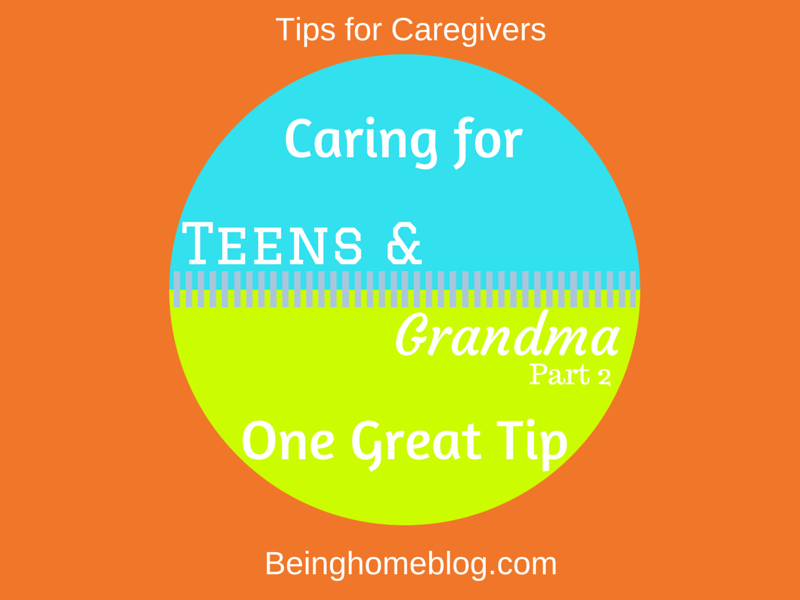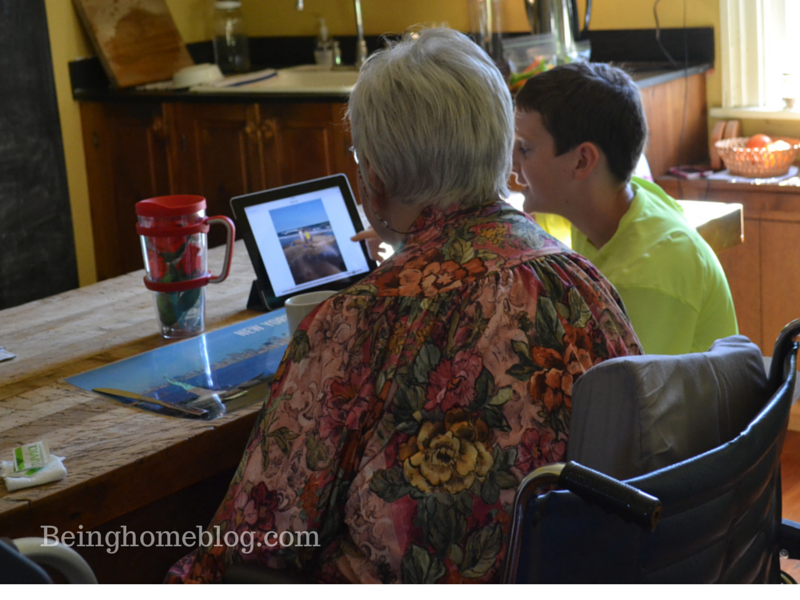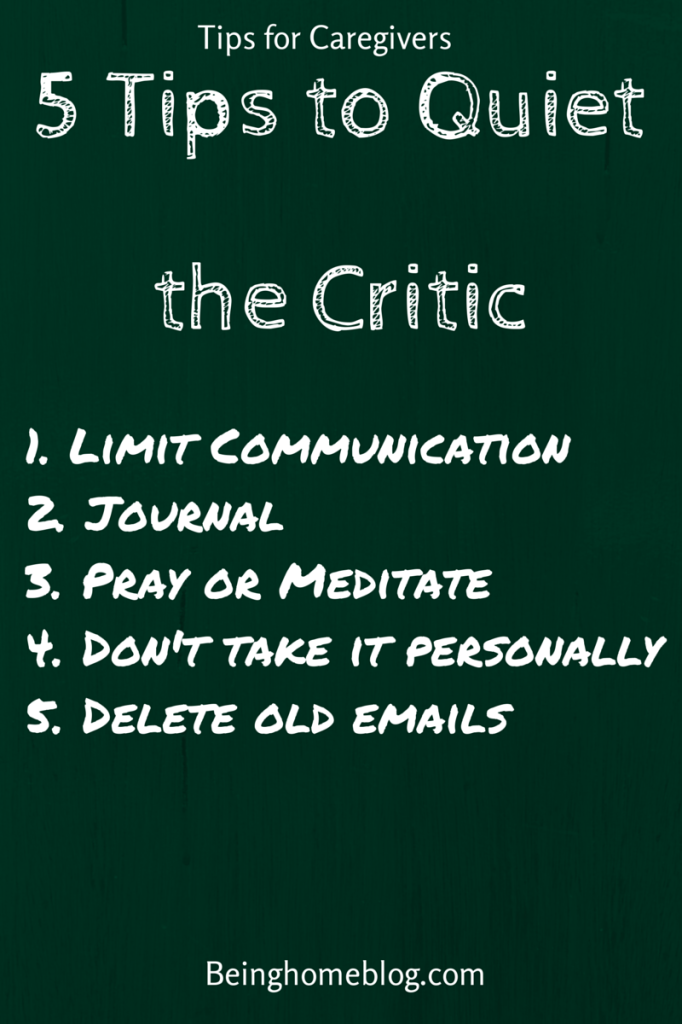If you’re one of the millions of Americans with parents over 65 and children still at home, chances are you’ll likely be facing a decision about whether to provide care for your parent or another aging relative.
While most children are adaptable and will pitch in wherever they can, many kids are dealing with overwhelming stress from school, friends and other demands in their world.
What can you do if your child doesn’t agree with your desire or need to take on a primary caregiving role?
In spite of the added demands on your own time, your first priority is to your family. If you have a choice and a careful consideration of the situation points to another option (assisted living, nursing home or hiring care and service providers from an agency or the community) sometimes you’ll have to go with that. I’m not suggesting that you cater to a whiny or self-oriented young person but I do think you should carefully consider whether the decision will lead to irreparable harm to your family.
A number of factors could lead to a teen’s inability to cope with another person under the roof. Feelings of grief or loss of the family member who needs care is a possibility. If the person suffers from severe dementia or extreme health conditions. If the person is scared, mean or confused. A recent death in the family or other crisis from which the child must still recover or intense situations at school could be other reasons that your child might be unable to cope. Whatever the reason, it’s not productive to judge it but you should consider any such factors when weighing your decision.
Here are some suggestions to help a child who can’t or won’t cooperate if you’ve already taken on the responsibility.
1. Adhere to familiar routines as much as possible or create new ones
Predictability is extremely comforting to most young children. Some kids continue to rely on familiar schedules and knowing what’s next depending on their personality type.
Even if the routine will change, preparing everyone ahead of time should minimize the stress.
2. Carve out chunks of time to connect with your child
You’ll both appreciate your efforts to do so and you can create memories you might not have had otherwise.
3. Talk talk and talk some more
Communication can be difficult with teens but talking about what seems like an outside topic (your relative) can help form a habit. Don’t wait for your child to complain or break down. Be proactive about bringing up any subject and make it clear that resentments are normal and you won’t be angry with him for expressing frustrations with the situation or the person your caring for.
4. Point out some benefits of the new situation
It may be that having your loved one in your home is easier than trying to manage her care in a nursing home, for example.
In my case, my aunt lived 4 hours away and in the weeks leading up to the decision to bring her to my home, I had to travel there at least five times in as many weeks with my mom to take care of issues that were popping up. Including an extended stay over Easter without the kids. That situation wasn’t sustainable and was extremely disruptive to our family life but my mom wasn’t able to manage the responsibilities and decisions on her own (she’s also in her 70s).
5. Look forward to something fun and positive with your children.
Make a bucket list of things that you might like to do when things return to normal. If you don’t want to wait that long, enlist the help of family and friends to get to it soon. Time spent just dreaming about fun things will be productive.
6. Be vocal about your appreciation when your child shows kindness, compassion and helps in any way
Even if that help isn’t directed to the person your caring for, let your child know that you noticed and that it helped you.
7. Seek counseling if necessary.
Kids process things very differently than adults and other kids. If you observe drastic changes in behavior, you might need the help of a professional to give your child an objective listener and some tools to manage the new situation.
Some of these suggestions seem obvious but they’re easy to forget or put off when you’ve added a full-time job to your already-busy schedule.
I would love to hear some other strategies for helping to minimize the impact of caregiving on children.
This is part 3 in a series about caring for teens and a sick or elderly family member simultaneously. You can read part 1 here and part 2 here.








